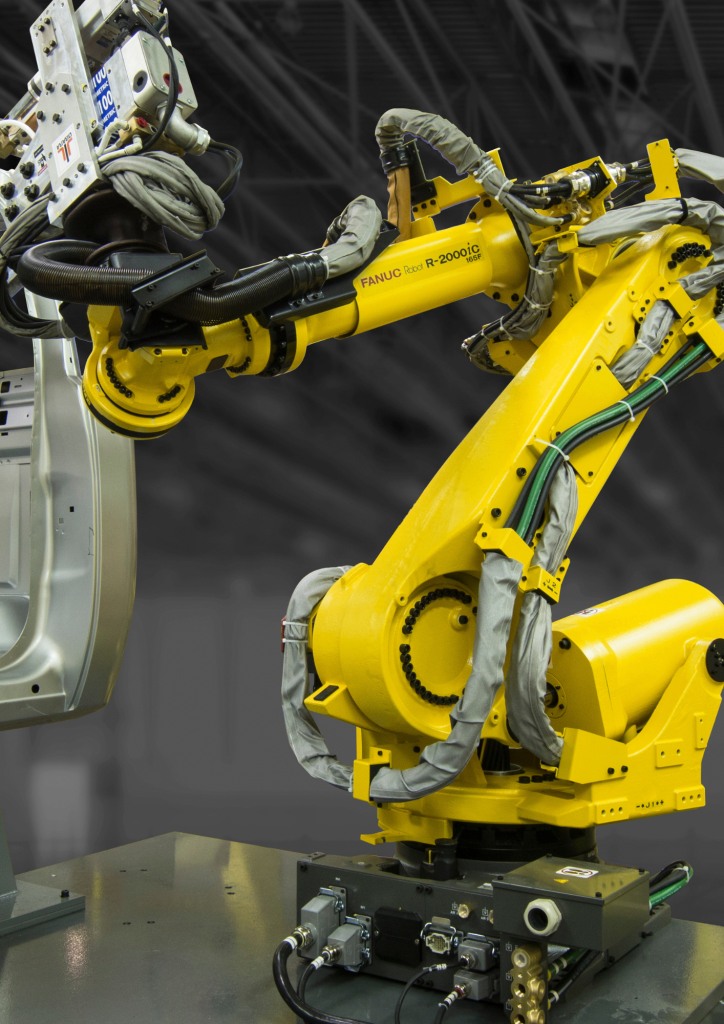In the heart of modern manufacturing, robot arms are revolutionizing the rules of production, mixing quality, safety, and efficiency in ways previously unimaginable. These technological marvels, sometimes called robot arms, are essential in all industries and are driven by the imperative necessity of reducing operating costs and maintain high standards of quality. Robotic arms are now integrated into production lines to cut expenses and enhance security. Let’s look at how these revolutionary machines are transforming the industrial landscape.
Cost efficiency is the main driver behind robot arms’ widespread use. Factories are constantly under pressure to minimize production errors, minimize material waste, and lower work-related accidents. Robotic arms address these issues head-on. Robots help avoid costly mistakes and decrease the amount of raw materials through performing repetitive tasks more precise than humans. For high-volume industries, like automotive manufacturing, robotic arms ensure perfect assembly through precise welding and parts positioning. This accuracy can translate into significant savings, as fewer defective products mean less rework and less waste.

Image credit: automatedsolutions.com.au
Safety is the second main element to the advancement of robot arms. Numerous manufacturing jobs like handling dangerous materials or operating heavy machinery pose serious risks to human workers. Utilizing robot arms, companies can eliminate workers from hazardous environments. This decreases the chance of workplace injuries. A robotic arm, designed as a kinematic chain of movable joints, mimics the functionality of a human arm but operates without the risk of physical harm. With programmable end effectors essentially robotic hands these machines can handle tasks like grasping, spinning or welding in environments which are dangerous for humans.
Robot arms’ versatility is a game changer for many industries. Robot arms can handle a variety of tasks. From assembly of automobiles, to electronics production. The programability of these arms allows them to execute complicated tasks such as painting or applying fiberglass at an unparalleled level of consistency. Robotic arms have transformed the palletizing process in warehouses, making it easier to do with speed and precision. Automation is not just efficient, but also reliability as robot arms are able to be productive without fatigue.
Cobots are a brand new type of robots that can work together with humans. Contrary to traditional industrial robots which are restricted to isolated cells, cobots equipped with robotic arms are designed to allow safe, seamless interaction with humans. A robot’s hand can be utilized to complete difficult lifting tasks and repetitive tasks in factories, so that human workers can free to take on more challenging duties. Cobots will slow down or alter their movements if they detect a worker in the vicinity.
The impact of robotic arms goes beyond safety and effectiveness to the very core of modern manufacturing. Their ability to perform tasks such as welding or assembly, as well as material handling with high accuracy has made them essential in high-risk industries. Robotic arms, for instance, is able to rotate and move components in assembly within the automotive industry, making sure that they are perfectly aligned without human intervention. In the electronics industry, robots are used to handle delicate components, which can reduce damage and increases the quality of output.
As industries continue their evolution, robotic arms’ role will continue to grow. Since they can lower costs, increase safety, and change to meet the demands of different jobs robots are the cornerstones of the future manufacturing. Robot arms, which blend the latest technologies and human creativity, are not only tools and tools, but are actually partners in progress. They drive innovation and transform the way that the world is constructed.
